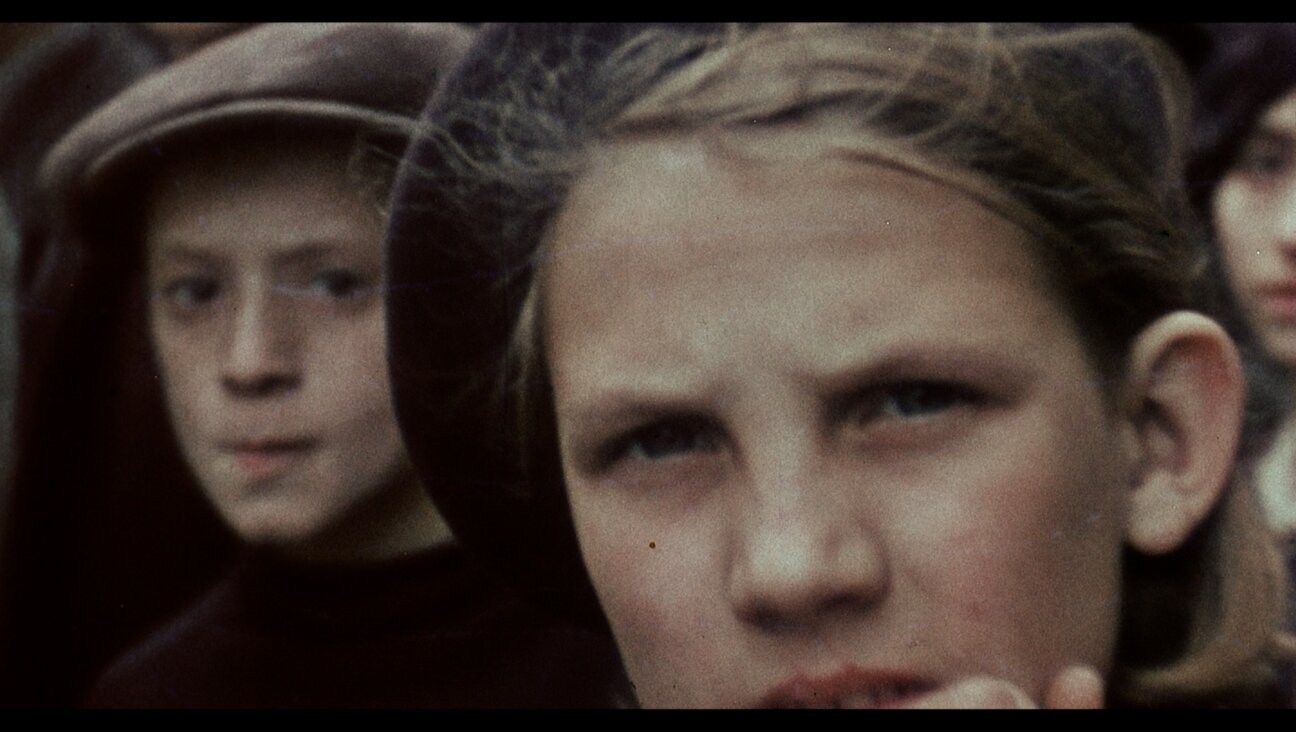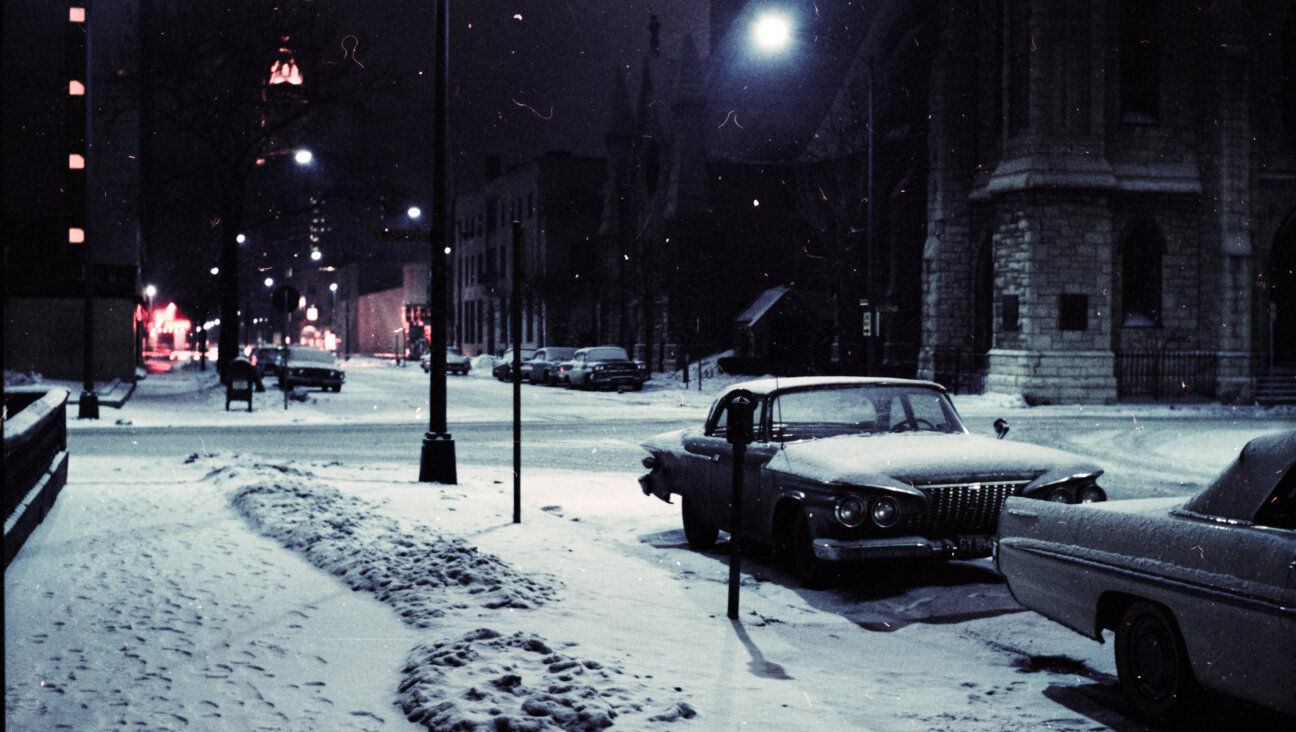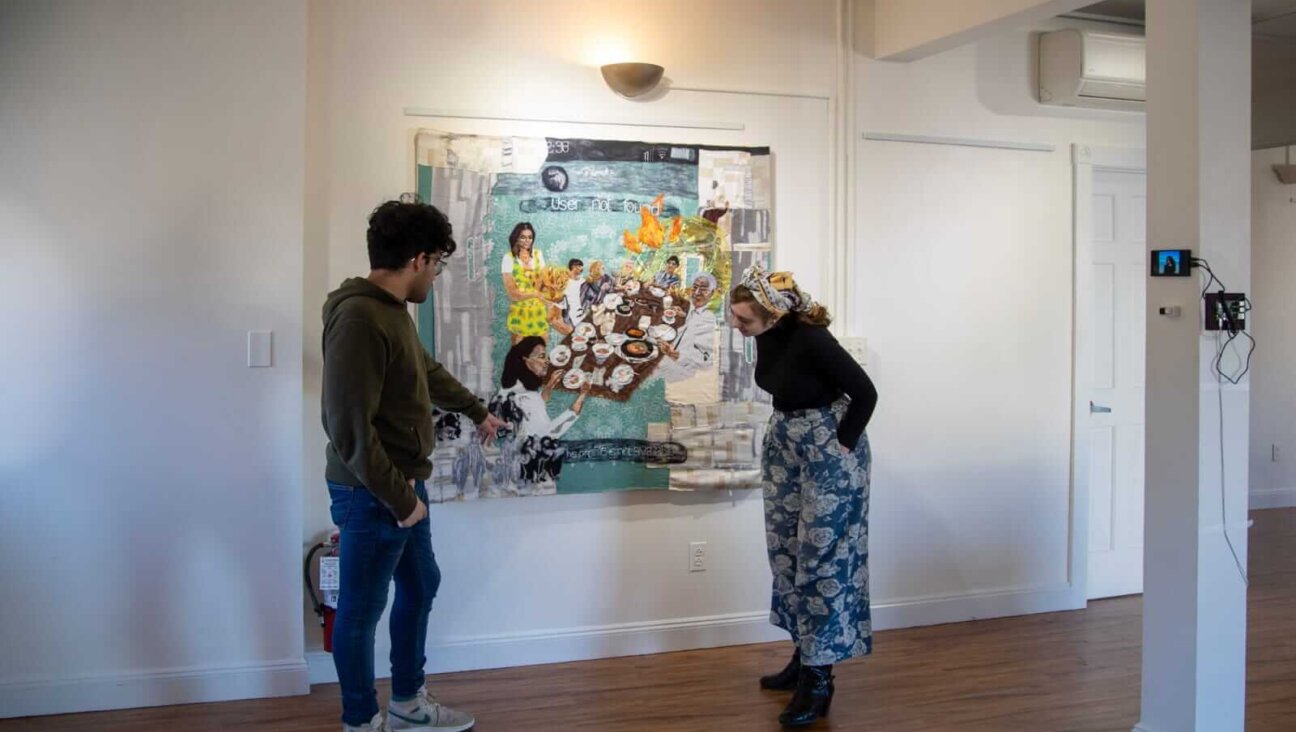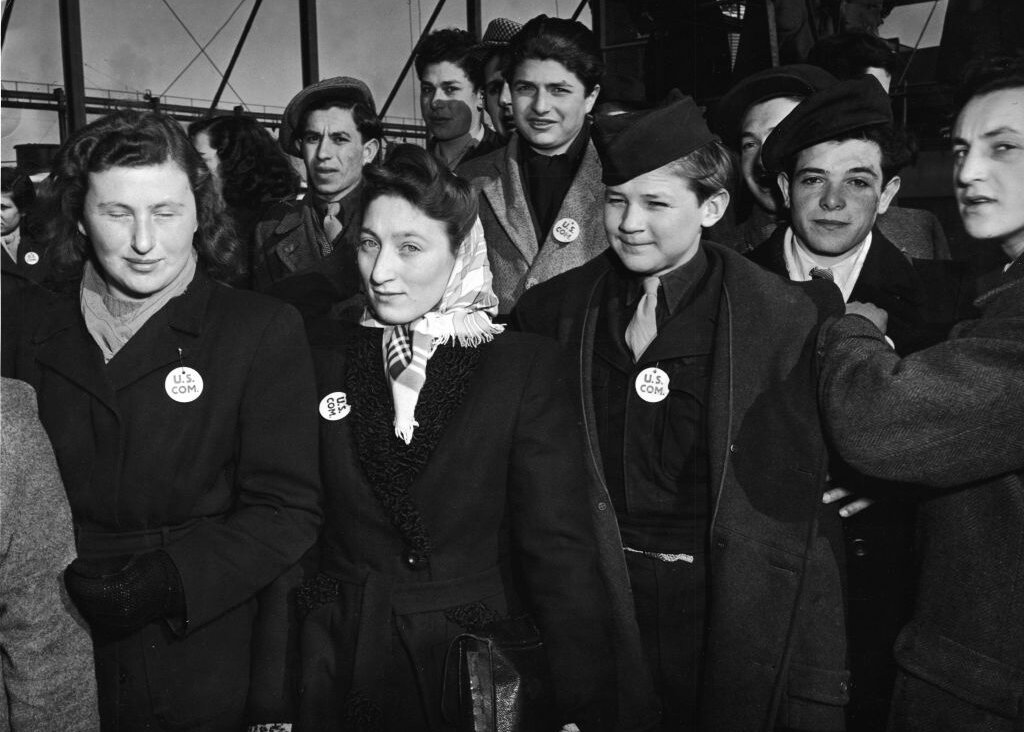100 Years Later, a Cinematic Time Capsule Is Opened

Graphic by Angelie Zaslavsky
Movies — so thought a strain of film scholars famously led by Andre Bazin and Siegfried Kracauer — are best seen as captured reality. Momentary history seized in amber.
Aesthetics aside, it’s hard to argue, given how much human history in the past 125 years would’ve been lost to our eyes had it not been captured on celluloid. A recent rediscovered artifact makes the point: Michael Curtiz’s 1915 silent melodrama, “The Undesirable,” thought for nearly a century to have vanished, and now released on Blu-ray by Olive Films.
A Hungarian romance-tragedy adapted from a “peasant-play” written by librettist Ede Toth in 1880, the film is a veritable time machine, throwing open a window on a bygone Eastern Europe over which time has long steamrolled, with its Transylvanian valleys; primordial village bustle; kerchiefed nagymamas, or grandmas; long meerschaum pipes and Eastern Orthodox provincialism.
Curtiz’s film doesn’t exhibit many cultural signs of faith, or of the cycle of Jewish oppression and emancipation that had persisted in the region for centuries. It is in fact oddly and fastidiously secular — at a time when, in America, D.W. Griffith was forging the bedrock of Hollywood storytelling by way of rampant Christian sermonizing.
Indeed, it’s easy to read the movie as a reply to such enthusiastic pulpitry — perhaps Curtiz (born Mano Kertesz Kaminer); his screenwriter/producer, Jeno Janovics, and his star, Lili Berky, all Jews, preferred instead to universalize their story’s inevitable moral arc, making their statement via religion’s conspicuous absence.
The tale is, in any case, very Old World. As it begins, the dying father of the titular country lass (Berky) tells his daughter that she’s adopted and that her birth mother murdered her real father, an abusive monster. Released on parole, Mom (Mari Jaszai) is a forlorn but entirely guilty creature, and so as both women head toward a fated intersection, their paths are twisted and ruined by men’s vices and by their narrow-minded, old-country ways.
There is no quaint my-little-village vibe here, but rather a sense of Carpathian backwardness, rife with feral marriages, predatory oafs, free-flowing booze and outrageous deceit. Over the course of the plot, each character comes to face his future over a table of bottles.
“The Undesirable” was filmed in June 1914, just weeks before the outbreak of World War I, in Kolozsvar, a city within the then Austro-Hungarian Empire’s borders that today stands as Cluj-Napoca, in the Transylvanian area of Romania. The interiors were all shot on risible cardboard sets typical of the year (again, nearly devoid of cultural markers), but outside, the lean tensions of the town, and the wildness of the surrounding countryside, offer a compellingly true view of a much-mythologized time and place. A last-act wedding sequence is especially fascinating, populated by real villagers in their actual Sunday duds, and playing as if they were in a home movie from an age before Eastern Europeans ever shot home movies.
As a filmmaker, Curtiz is both modest and adept at dramatic pacing. This is how he was later, during his thriving Hollywood career, in which he directed over 100 films, including “The Adventures of Robin Hood,” “Yankee Doodle Dandy,” “Mildred Pierce” and “Casablanca.”
However creaky its story, “The Undesirable” is no small matter, historically speaking: Extant films from before WWI are increasingly rare in general, and almost unheard of from this part of the world, where the industries regarded their product as ephemeral. In fact, “The Undesirable” may be the oldest surviving Eastern European film we have, a few Russian shorts notwithstanding, and quite possibly the earliest film from the hectic ethnic stew that was the Austro-Hungarian Empire.
Why and where and which films survive has always been a matter of commerce and opportunity; popular films in high-traffic markets tend to endure, while the others, in the less affluent regions of the globe, can decay or disappear without anyone paying much attention at all.
Today’s film preservation arena is more egalitarian with its choices, but the funds at its disposal are always paltry. Curtiz’s film was lucky enough, after being discovered in the basement of the cultural center New York Hungarian House, to be enthusiastically taken back to Budapest, where taxpayers footed the restoration bill. This time, by dint of luck and goodwill, history abides.
Michael Atkinson is a writer for The Village Voice and In These Times, and author of the novel ‘Hemingway Cutthroat.’















